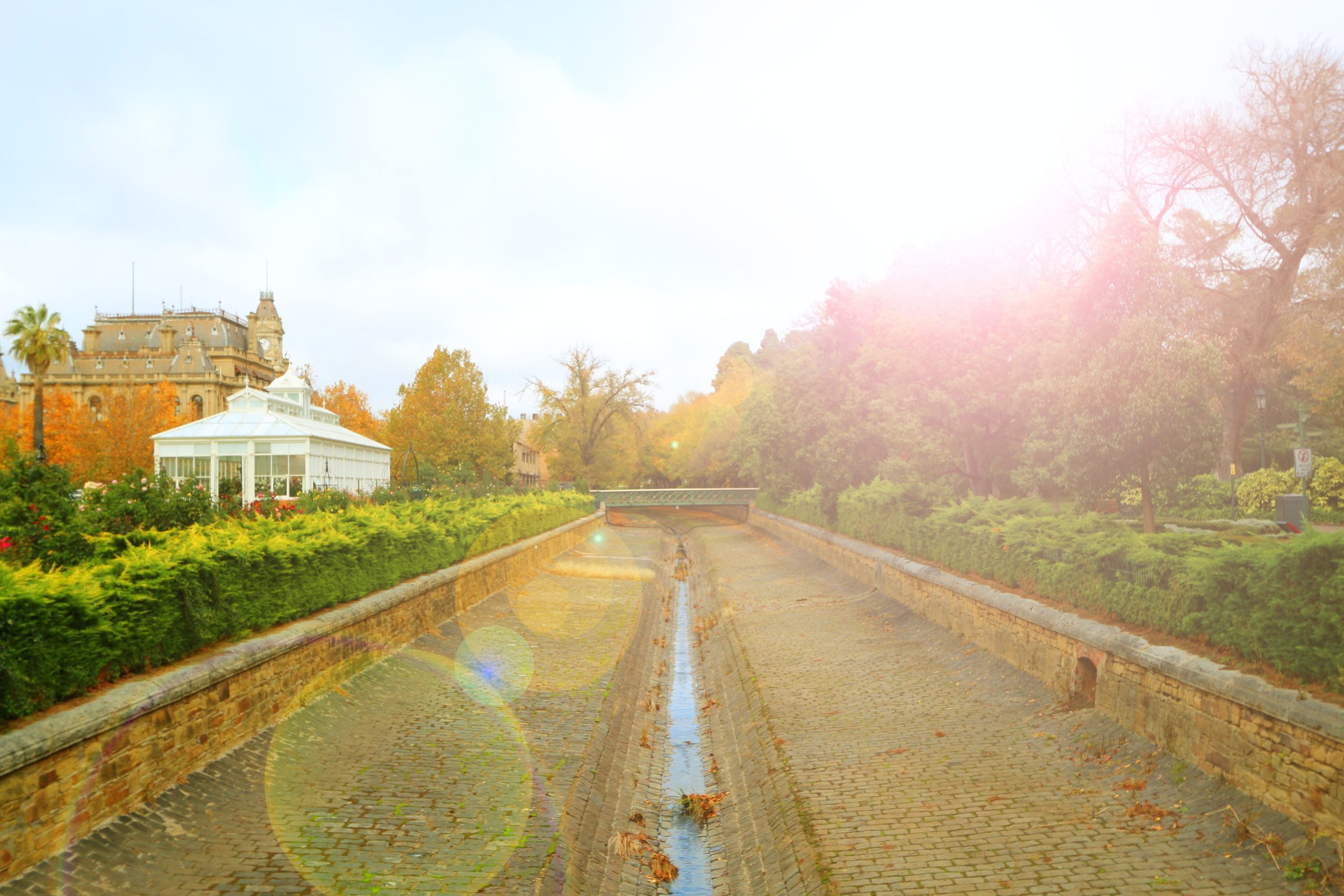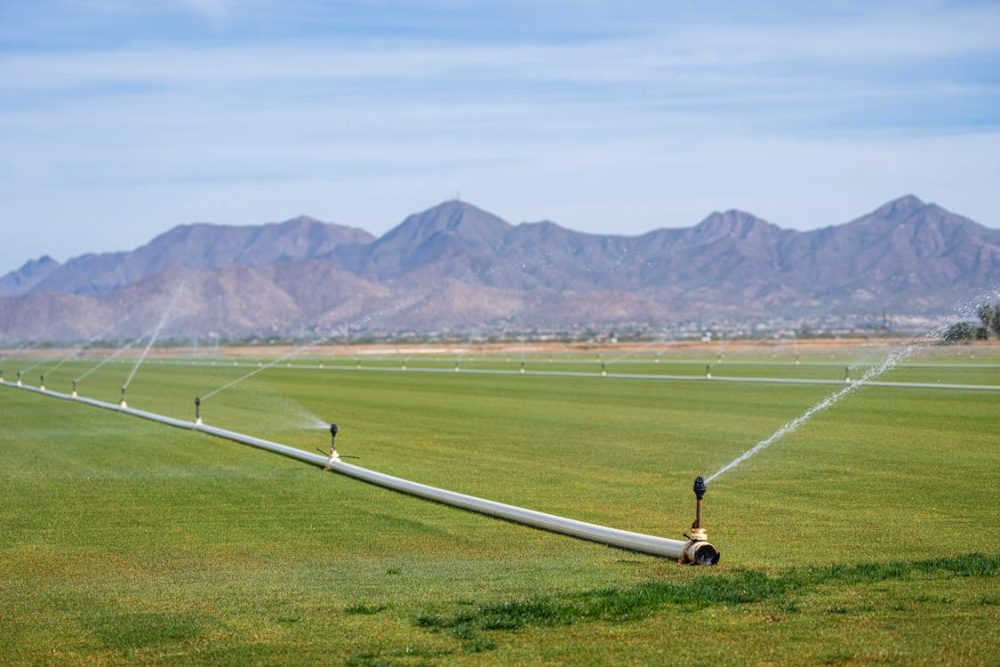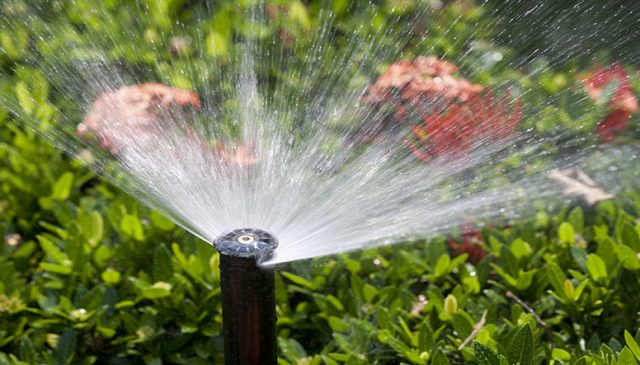When managing yard drainage problems on your property, you may feel overwhelmed and need help figuring out where to start. Fortunately, the right contractor can help you navigate these issues. With the right combination of expertise and materials, your yard drainage issues can be solved quickly and efficiently. With the right advice and guidance, tackling your yard drainage problem can be hassle-free. This blog post will discuss how yard drainage contractors can help you with your yard drainage problems, including the materials they will use, the advice they can provide, and how they can help you get the job done right.
1. Diagnosing the cause of poor drainage
Before a contractor can begin to solve a yard drainage problem, they need to determine what is causing the issue. This can be done through visual inspection and soil tests. Visual inspection involves looking for signs such as water pooling in low spots or signs of water damage like cracked foundations or buckling sidewalks. Soil tests can help identify potential issues with the soil, such as improper grade or excess soil saturation. Knowing the cause of the drainage problem is the first step to solving it, and a contractor can help diagnose the issue’s root.
2. Installing or repairing drainage systems
Installing or repairing drainage systems is one of the most critical services a contractor can offer to solve yard drainage problems. Drainage systems can come from surface drains, trench drains, dry wells, or even a French drain. The contractor can assess the area and create a plan that properly channels and redirects rainwater away from the house, preventing foundation damage and pooling water. The contractor will also use the correct work materials to ensure a durable and long-lasting solution.
3. Removing standing water
Yard drainage contractors can help resolve yard drainage problems by removing standing water. Standing water can cause severe damage to your yard by flooding and eroding the soil. Removing standing water can be done by installing French drains or sump pumps. French drains are gravel-filled trenches that direct moisture away from your property. Sump pumps collect water from the ground and pump it away from your yard. Both of these solutions will help keep your yard dry and prevent any damage from flooding.
4. Repairing or replacing broken pipes
Contractors may be called upon to repair or replace broken pipes when dealing with yard drainage problems. Various issues, including tree roots, freezing and thawing, and poor installation, can cause broken pipes. A contractor can assess the situation, determine the cause of the break, and then repair or replace the broken pipes. Contractors may need to dig trenches, jackhammer out concrete, and lay new lines when replacing damaged tubes. Replacing broken pipes can be labour-intensive, but it is essential to ensure proper drainage in the future.
5. Installing catch basins
Installing catch basins is one of contractors’ most common solutions to address yard drainage problems. This type of drainage system involves digging a trench and adding a series of pipes to direct the water to a catch basin. The catch basin collects the water, and the excess runoff can be controlled entirely to a different area or out of the yard. This helps to reduce the amount of water that accumulates in the yard, which can cause flooding and other issues. Contractors can also advise on appropriate catch basin sizes and installations for various yard sizes.
6. Installing French drains
French drains can be an excellent solution for those with significant yard drainage problems. These drains are typically installed about 6 inches deep and perforated so water can quickly and easily move through. These drains are usually lined with gravel or stone and are designed to divert water from your home or building to another area of your property. A landscape drainage contractor will typically install a French drain several feet away from the foundation of a home, ensuring that no water can seep into the basement or lower level of the house.
7. Increasing soil permeability
Increasing soil permeability is one of the most critical steps in solving yard drainage problems. Soil permeability is the ability of water to move through the soil, allowing it to drain correctly. Yard drainage contractors can help increase soil permeability by grading the ground, adding soil amendments, or installing drainage systems. Grading can help remove any obstructions that may be blocking water flow, while amendments such as sand or gravel can help create water flow channels. Finally, installing French drains or other drainage systems can provide additional pathways for moisture to escape. All these methods can help improve soil permeability and ensure that water can drain properly away from your property.
8. Adding sump pumps or other pumps
Adding sump pumps or other pumps is an excellent solution for poor drainage properties. In areas where flooding is a problem, these pumps can move excess water away from your home and property. Outdoor drainage contractors experienced in yard drainage problems can install pumps in the most effective locations and connect the pumps to underground drainage pipes to keep your yard from flooding. A sump pump can move water away from your property, while other pumps can carry water to a different location on your property.
Last Words
In conclusion, yard drainage problems can be a massive hassle for homeowners, but there are solutions. Yard drainage contractors can offer various services to help solve drainage issues and improve the overall quality of your yard. Whether installing a French drain system, grading the land, or installing a sump pump, a contractor can make sure that your yard is free from excess water and remains safe and enjoyable for years to come.





